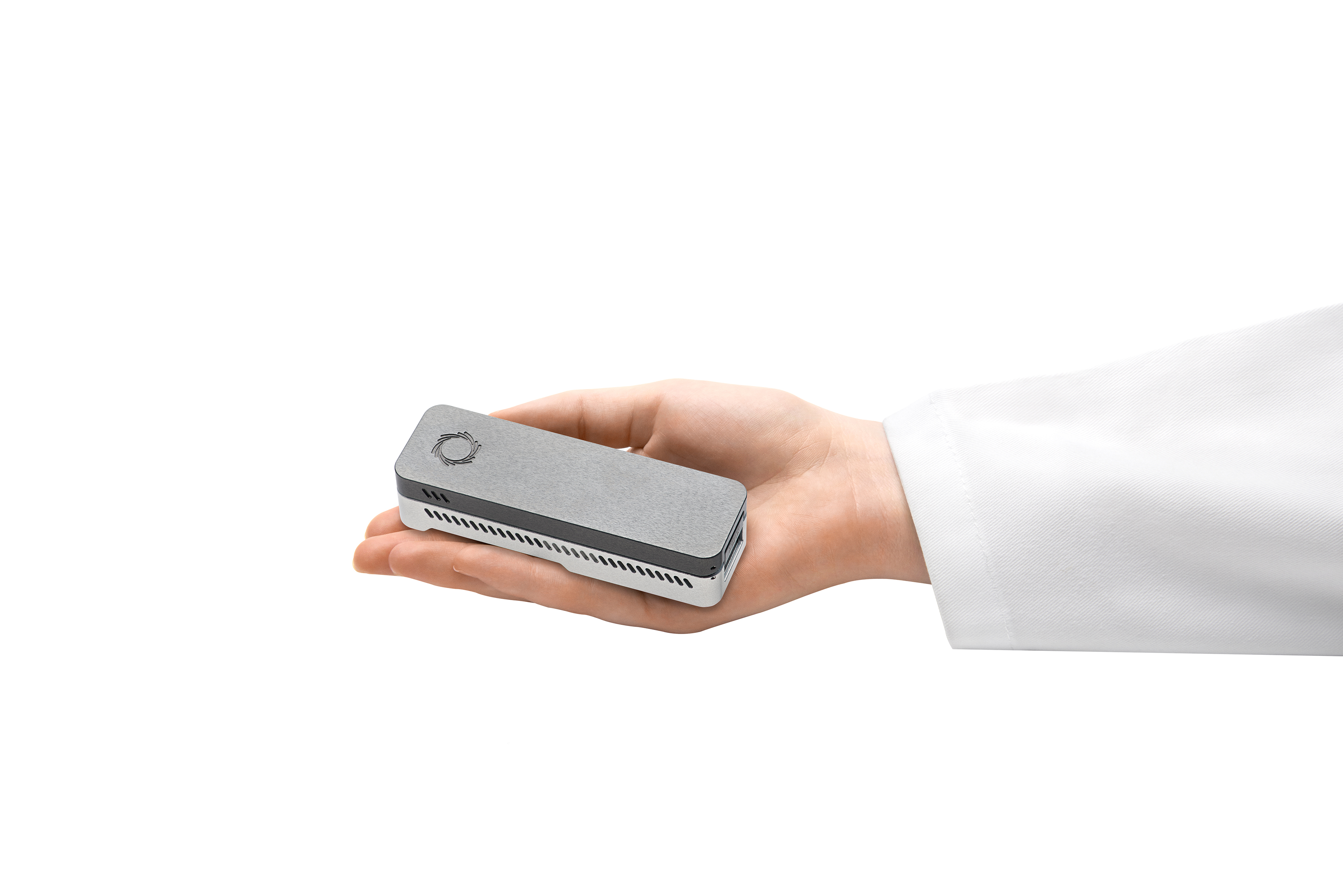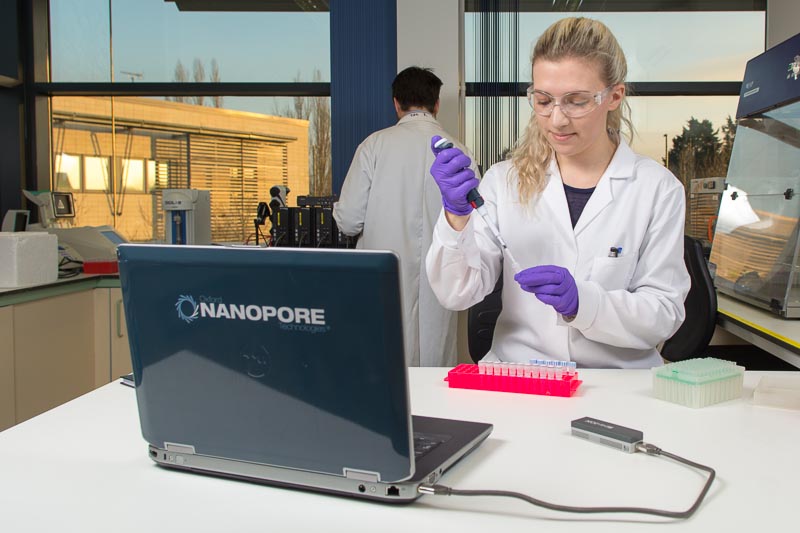Devin and Jackson Drew headed down to Port Townsend, Washington for EVO-WIBO 2016, a gathering of evolutionary biologists of the Pacific Northwest. This regional evolution meeting provides an intimate meeting where researchers at all levels are welcome. One of the best things about the meetings is the lack of concurrent sessions. We all share the same experiences. The majority of talks are by graduate students and post docs. This time around the plenary talk was by Prof. Sarah Otto.




